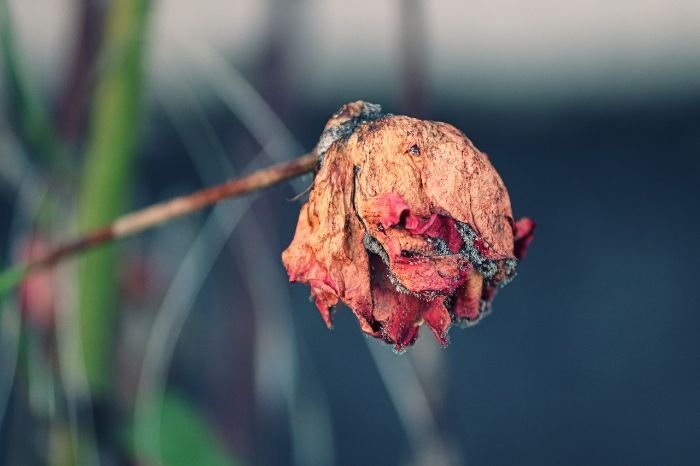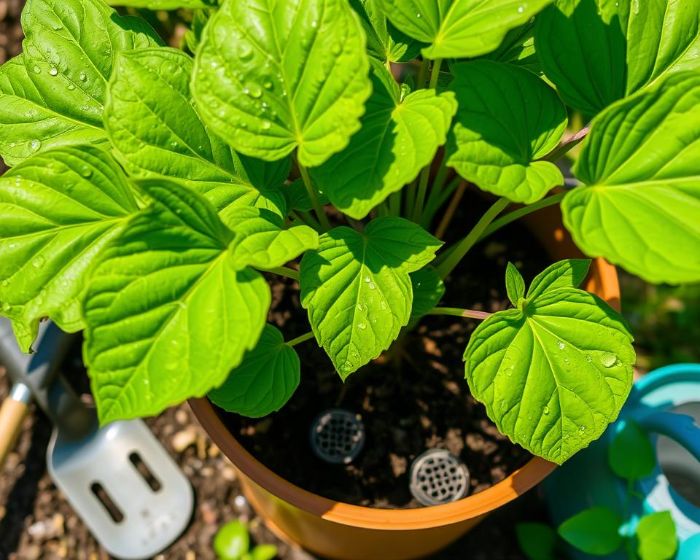Did you know that not enough water can really harm plants? Underwatering can make plants have bad health effects. These effects stop them from growing well.
In this discussion, we’ll look at how underwatering affects plants. We’ll talk about what happens to them physically. Then, we’ll see how it shows up in ways you can see. It’s important to know that giving plants enough water is key to their health.
Also, we’ll see how not giving them water affects their roots. This hurts how plants grow and what they produce. It even changes the soil and makes plants easier to get sick.
Learning about the right ways to water plants can help their health a lot. By using good watering methods, you can make your plants thrive.
Key Takeaways:
- Underwatering can have a significant impact on plant health.
- Inadequate watering practices can lead to physiological and visible symptoms in plants.
- Root health, plant growth, yield, and soil health can be affected by underwatering.
- Underwatered plants are more susceptible to pests and diseases.
- Recovering from underwatering and implementing preventive measures are essential for plant well-being.
Table of Contents
Introduction to the Effects of Underwatering
Water is key for a plant’s health and growth. Having the right amount of water keeps your garden lively. We’ll look at what happens when plants don’t get enough water. This helps you keep your plants healthy by knowing how to spot the signs of underwatering.
Overview of Underwatering in Garden Management
Underwatering means plants aren’t getting enough water. This problem is often caused by not watering regularly, not enough water, or ignoring the plants. Knowing why plants aren’t getting enough water and how to tell is important for their care.
Long-Term Impact of Inadequate Watering Practices
Plants that don’t get enough water can’t grow well. They may look small, wither, produce fewer flowers, or less fruit. Also, without enough water, plants can’t fight off pests and diseases well.
Fixing underwatering with right watering can boost your plants’ health. Later, we’ll learn more about how plants react to not getting enough water.
Physiological Responses of Plants to Underwatering
We will look at how plants react when they don’t get enough water. They have ways to handle this stress. This helps them survive despite the dry conditions.
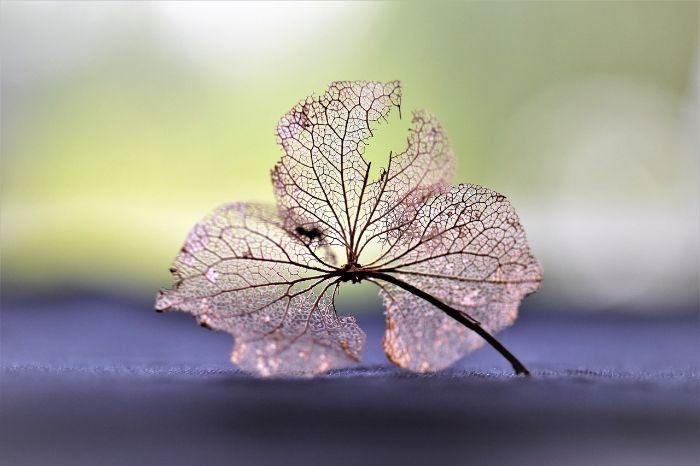
How Plants Respond to Water Stress
Plants deal with lack of water by closing their stomata first. Stomata are the small holes on their leaves. This closing reduces water loss, saving it for the plant’s needs.
Plants also change how they look when water is scarce. They might drop some leaves or curl up the ones they have left. This reduces water loss and protects them from drying out too much.
Impact on Photosynthesis and Respiration
Lack of water really affects plants’ ability to make food (photosynthesis). It slows down the process, which means less food for the plant. Without enough water, the plant also can’t use the food it does make well.
Plants also find it hard to breathe (respiration) without water. This stops the plant from using the little food it made for energy properly. It slows down everything, from how it grows to how it lives.
To survive, plants use many tools like closing stomata, changing their shape, and managing their food and breathing. These are all ways plants fight back against not having enough water.
Visible Symptoms of Chronic Underwatering
Chronic underwatering can hurt plants badly, showing clear signs that they need more water. Knowing these signs helps gardeners quickly fix water issues. This keeps their plants healthy and strong.
Beyond Initial Signs – Recognizing Long-Term Damage
Seeing a plant is being underwatered is more than noticing it’s wilting or leaves turning yellow. If a plant doesn’t get enough water over time, it can really damage the plant for the long term.
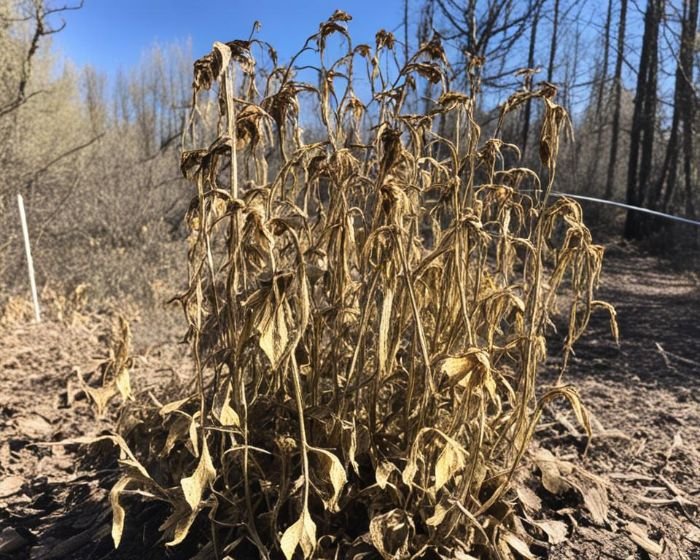
“Chronic underwatering can lead to the decline of plant health and vitality, causing irreversible damage to the overall structure and function of the plant.”
Without enough water, a plant can’t do its basic jobs well. It can’t move nutrients or take up minerals properly, which slows down its growth and health.
Not watering enough can mess up a plant’s whole system. It can’t make energy from sunlight or breathe right. This means weaker plants, less flowers or fruits, and sometimes plant death.
Contrast with Symptoms of Other Stress Factors
Telling apart the signs of chronic underwatering from other issues is key. Sometimes, the symptoms look the same, like wilting. It’s important to look closely at the plant’s overall health and soil moisture.
Bad nutrients can make leaves yellow or stop a plant from growing well. But, a plant that needs more water might have leaves that curl and grow slowly. This is different from a nutrient problem.
By knowing how to spot not enough water and other problems, gardeners can take the right steps. They can fix the water trouble, helping their plants stay healthy and grow well.
Underwatering and Root Health
Not giving enough water, or underwatering, can hurt roots’s health. Roots are like a plant’s lifeline. They take water and nutrients from the soil. They also help keep the plant standing strong.
If a plant doesn’t get enough water, its roots might not grow well. Weak roots mean the plant can’t take in nutrients and water well. This makes the plant grow slowly and not stand well.
How Root Systems Are Affected by Insufficient Water
Underwatering stops roots from working right. A plant’s roots may get smaller and not spread out much. This means they can’t take in as many nutrients and water. The plant can’t grow well as a result.
Long-Term Consequences for Root Development and Plant Stability
Not enough water for the long term leads to shallow, weak roots. Planst are more likely to fall over in the wind. This is because their roots can’t hold them up. It’s bad for the plant’s health and could mean it doesn’t survive.
Effects on Plant Growth and Yield
Not giving plants enough water is a big deal. It slows down their growth and makes them smaller. It also stops them from getting the nutrients they need. This makes the plants less healthy.
Plant health is key for fighting off bugs and diseases. Plants without enough water can’t do this well. They also don’t look as good. Their leaves might not be bright, and they might not flower or fruit.
Without plenty of water, plants can’t make many flowers or fruits. This is crucial for their life cycle. They need water to make sure they grow healthy and strong. This way, they can produce a lot of flowers and fruits.
Soil Health and Underwatering
Not giving plants enough water hurts not just the plants but also the soil. We’ll look at how not enough water changes the soil’s makeup and shape. This leads to harm in how the soil’s physical and chemical traits. We’ll also talk about soil health problems that come from lack of water over time.
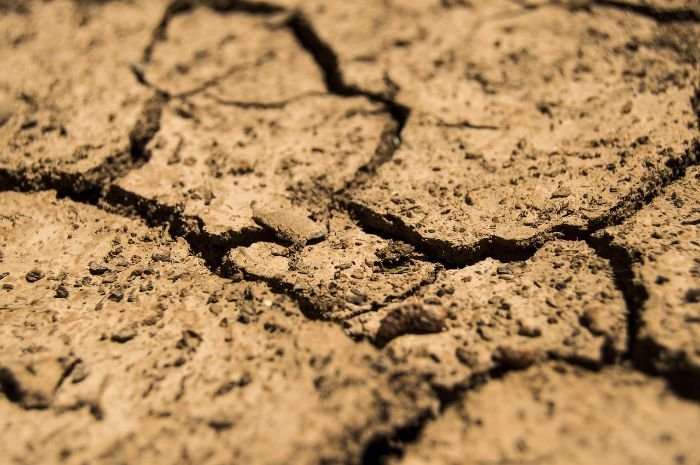
Changes in Soil Composition and Structure Due to Underwatering
When plants get too little water, the soil changes a lot. It turns dry, hard, and can’t keep nutrients well. The lack of water stops important bugs in the soil from doing their job. This messes up how fertile and healthy the soil is.
Long-Term Soil Health Issues Related to Water Deficiency
Not watering enough often harms the soil for a long time. It makes a hard layer in the soil, blocking water and roots. This makes plant roots weak, they can’t get enough food and the plants don’t grow well. Also, less water slows down how fast dead plant parts turn into plant food, making soil less rich overall.
Susceptibility to Pests and Diseases
Plants need enough water to fight off pests and diseases. Without water, they can’t defend themselves well. This makes them easy targets for bugs and illnesses. It’s key to know how lack of water hurts plants and helps pests and diseases.
Increased Vulnerability Due to Weakened Plant Defenses
Plants that don’t get enough water can’t protect themselves. They can’t make the substances that keep pests and diseases away. So, they become weak and get sick or eaten more often.
Without water, plants can’t make a chemicals called phytoalexins. Phytoalexins stop pathogens from growing. Also, plants make less lignin when they lack water. Less lignin makes their cell walls weak. Strong cell walls usually help keep bugs out.
Without enough water, plants lose their big defenses. They can’t fight off pests or diseases. Fixing their water supply can help them get better at defending themselves. This is important for their health and survival.
Common Pests and Diseases That Exploit Stressed Plants
Plants that are stressed by not getting enough water are a target. Bugs like aphids, spider mites, and whiteflies love weak plants. They are easier to attack. This makes bugs a big problem for thirsty plants.
Diseases also love plants that are struggling with water. Fungi can cause powdery mildew and root rot if the plant is too wet. Bacteria might also infect the plant. These diseases hit when the plant’s defenses are down.
Remember, pests and diseases warn us about the plant’s needs. If we see them, it might mean the plant is thirsty. Keeping an eye on our plants and watering in time can prevent many problems.
Taking care of plant water needs is a must for any garden lover. Adding water when needed and boosting plant health is how we fight pests and diseases. This keeps our plants strong and our gardens beautiful.
Recovering from Underwatering
Your plants might have been underwatered. You can revive them and make them healthy again. Here’s what to do:
Steps to Revive Underwatered Plants
- Assess the Damage – Look for signs like wilted leaves, dry soil, and slow growth.
- Water Thoroughly – Water deeply so the soil is soaked through the roots.
- Remove wilted leaves – Cut off wilted leaves to help the plant grow.
- Provide Adequate Light – Put your plants where they can get enough sunlight or artificial light.
- Monitor Moisture Levels – Check often to keep the soil moist but not too wet.
- Fertilize Appropriately – Use a balanced fertilizer to help your plants grow. Follow the directions on the label.
- Prune and Trim – As your plants get better, cut off dead parts to encourage new growth.
Remember, each type of plant needs a different amount of water. Do some research to give your plants what they need.
Monitoring Recovery and Adjusting Care Practices
After reviving your plants, keep an eye on them to see how they’re doing. Here’s what you should do:
- Observe Plant Growth – Watch for new leaves and stems to know your plants are recovering well.
- Check Soil Moisture – Keep the soil moist, but not soggy, by watching its moisture levels.
- Adjust Watering Schedule – Change how often and how long you water, depending on your plants’ needs.
- Consider Environmental Factors – Think about the weather and your plants’ surroundings, as these affect how much water they need.
- Review Care Practices – Look at how you water, the light you give your plants, and the food you give them. Make changes as needed for their health.
Keep an eye on how your plants are doing and make changes when needed. This way, your plants will get better and stay healthy.
Preventive Measures and Best Practices
It’s vital to prevent underwatering for healthy plants. You can make sure your plants get enough water by using the right strategies. Let’s look at different ways to water and helpful tools. These will stop your plants from drying out but not getting too much water.
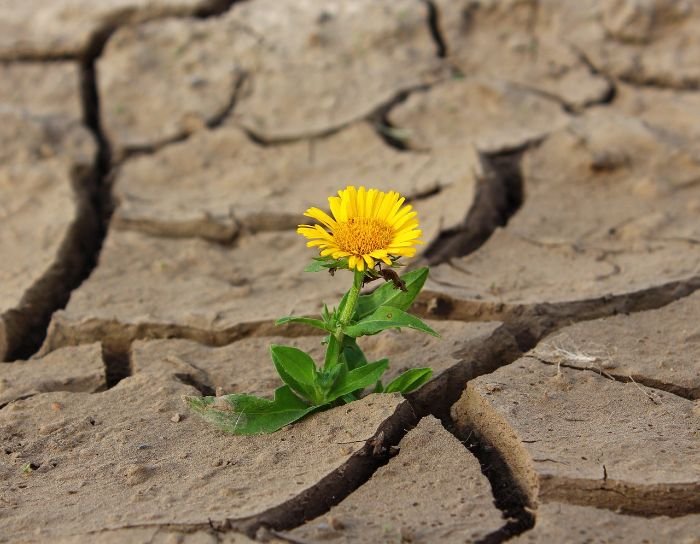
Irrigation Strategies to Avoid Underwatering
Picking the best way to water is key to keep plants from drying out. Here are good ways to water:
- Start with deep watering. This method means slowly watering the base of plants. It helps roots grow deep. Make sure to soak the soil well around the plant. This stops water from going away too quickly and makes sure the plant gets all the water it needs.
- Set up a water schedule that fits your plants’ needs. Think about the kind of plant and the weather. Check the soil to see if you need to water more or less. This keeps the water levels just right for your plants.
- Think about using drip irrigation. It’s a system that waters the roots directly. It’s great because it uses less water and you can control how much water each plant gets. This way, you’re less likely to water too little.
Using Technology and Tools to Maintain Optimal Water Levels
Technology makes watching over your plants’ water needs easier. Try these tools for better plant care:
- Soil moisture sensors are a big help. They check the soil’s wetness and tell you if your plants need water. Put them in different spots in your garden for the best results.
- Automatic watering systems are great too. You can set them to water your plants at the best times, like when it’s not very sunny. This way, your plants get water without the risk of drying out.
- Smart controllers for watering are also an option. They look at the weather and soil to water your plants just the right amount. This saves water and keeps your plants from getting too much or too little water.
Using these tips, strategies, and tools can help ensure your plants grow strong and healthy. They get just the water they need, when they need it.
Conclusion – Prioritizing Adequate Watering in Garden Management
This article showed us the big impact of not watering enough on plants. It can cause them stress, show bad signs, and hurt them for a long time. Not giving enough water affects the roots, growth, yield, and even the soil. It also makes plants more likely to get sick from bugs and diseases.
It’s very important to water plants enough, all the time. Giving the right amount of water when plants need it helps them function better. This supports their growth and makes them healthier.
Encouraging Proactive and Informed Water Management
To keep our plants healthy, we must water them smartly. Knowing when they need water and how much is crucial. Different plants have different needs. It’s also good to use the right tools, like soil sensors, to water correctly and avoid issues.
Keeping plants watered well is key in gardening. With the right watering, we can help our plants grow strong, stay healthy, and be productive. Let’s be smart and caring in how we water our green friends. This will ensure they thrive.
FAQ
What are the effects of underwatering on plants?
Not giving plants enough water can really hurt them. It slows their growth and can make them look small and sad. They might not make as many flowers or fruits. Also, they become weaker against bugs and diseases.
What are the long-term impacts of inadequate watering practices?
Not watering enough can damage plants over time. They grow slowly, produce fewer flowers and fruits, and their roots don’t grow well. They also become more sick or catch diseases easier. Plus, the soil doesn’t stay healthy.
How do plants respond to water stress?
Plants do a lot of things to survive when they’re not getting enough water. They close some parts to keep water in. They also might stop growing so their leaves don’t use too much water. Roots might start growing differently to find more water.
What is the impact of underwatering on photosynthesis and respiration?
Underwatering messes with how plants make energy. They can’t take in as much light or air to use for growing. This makes them weaker and slows down everything they need to live well.
How can I recognize the symptoms of underwatering in plants?
Plants tell us they’re thirsty in many ways. They might look droopy or their leaves turn yellow or brown. Some leaves might even start falling off. It’s different from having too much water or not enough food.
How can I revive underwatered plants?
To help plants that are thirsty, start by giving them a good drink. Do it slowly and make sure their roots get wet. Watch how they recover and be careful not to over or under-water them again.






